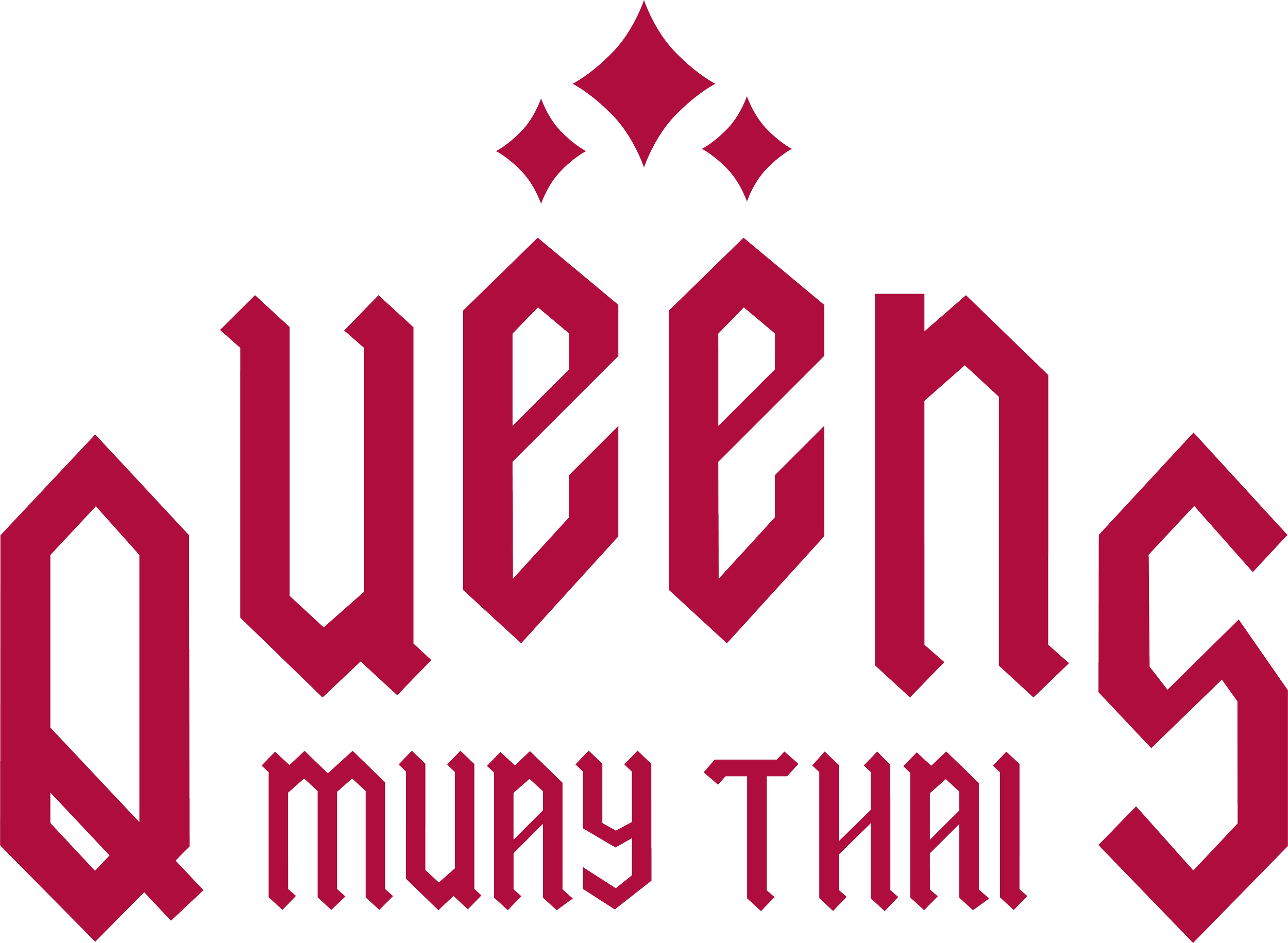Competency Ladder
Muay Thai is physical education. And in physical education, what we know is based on what we can do. When a move is executed, there is a unity between the technique (form) and the physical result (effect). This contrasts with an academic education (e.g., maths, sciences, literature), where we can learn the theory before we apply it. Understanding theory is essential; however, application is more relevant in martial arts. To be capable of effective and efficient movement, we must be aware first of what we are doing.
Knowledge starts with teachers sharing the proper form of techniques. However, our abilities grow significantly and stay with us when we can completely understand them through independent practice and observation. The Competency Ladder is a guide to help us understand the different stages we can find ourselves in training. Remember, these are stages, not labels that confine you to a specific capability; you are meant to outgrow stages and move up.
The competency ladder is not a definite model that confines your training potential. Sometimes we can flow in and out of each stage simultaneously. You will learn faster, and the experience will be more enriching instead of discouraging, when you enter each stage with the appropriate mentality:
-
Incompetent is not synonymous with "stupid"; it simply means one is "unfamiliar." This is where we all start. When it's your first time doing something you've never done before, you are a beginner. A beginner is someone who is just learning to be competent. Although you may experience difficulty grasping new concepts, it does not limit you to being incapable. Remind yourself of the difference between the two.
Patience during practice is essential in this phase: be willing to accept mistakes and have faith in yourself to improve along the way.
-
Once we know what we are doing wrong, we can now transition to making corrections. A mistake is an error left uncorrected. When we see professionals and experts, we aren't seeing an absence of errors but rather an abundance of corrections made at the right time.
Curiosity and self-awareness are essential in this phase: ask how to better identify mistakes and focus on the solution instead of judgments.
-
The more time we spend correcting our errors, the more aware we become when we get things right. Improvement doesn't happen by accident; doing things the right way at the right time starts with conscious effort. Always maintain sight of doing things right first before moving on to something new and more exciting. Minimize pursuing or adding advanced moves at this stage; the time will come to explore your creativity once you have an unconscious grasp on basic skills.
Consistency and focus are essential in this phase: keep doing what works (a.k.a. the basics) to be able to replicate your desired result on command under any circumstances
-
The mentality of anyone in this stage is to get the job done: this can only be achieved once all the hard skills are engraved so deep that you no longer need to think of how to do it but only think of when. This is the stage that professionals have reached: you see them effortlessly react to the changes with the right move at the right time.
Unconscious competence is not restricted to professionals. I encourage everyone, regardless of their goals in training, to pursue competence. Because when we are at least competent, we have a greater appreciation for the things we love to do.
“The passion for stretching yourself and sticking to it, even (or especially) when it’s not going well, is the hallmark of the growth mindset.”
C A R O L D W E C K
-
• Broadwell, Martin M. "Teaching for learning (XVI)". wordsfitlyspoken.org. 20 February 1969.

